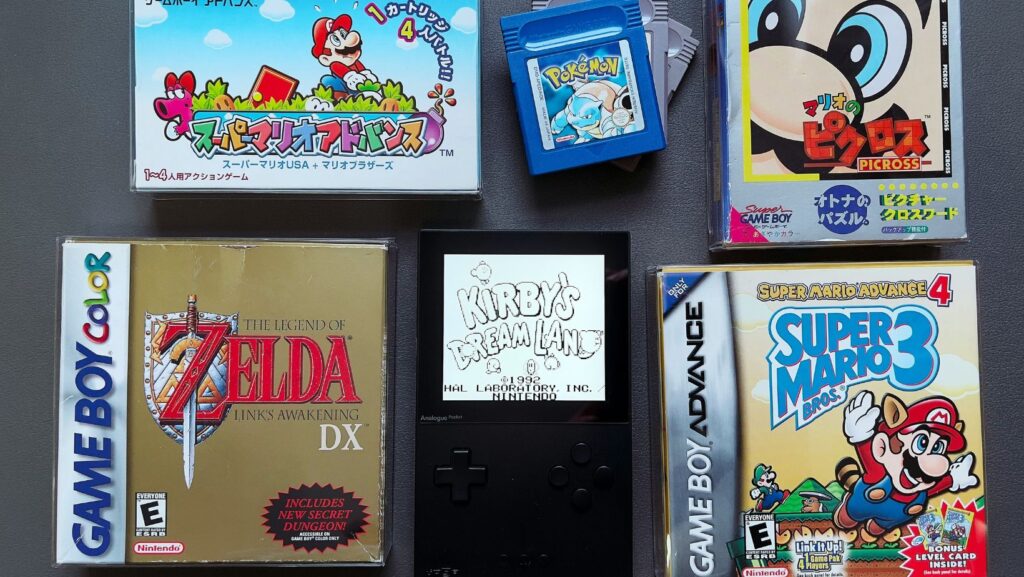In the vibrant world of gaming, the right equipment can make all the difference. One such piece of equipment, often overlooked, is the gaming monitor. But we’re not talking about just any monitor; we’re diving into the nostalgia-filled realm of retro gaming monitors.
Retro gaming monitors are a nod to the golden era of gaming, offering a unique blend of old-school charm and modern technology. They’re not just about reliving the pixelated glory of yesteryears; they also deliver a gaming experience that’s immersive, authentic, and, above all, enjoyable.
Retro Gaming Monitor
Obtaining clarity on retro gaming monitors aids in appreciating their unique appeal. These monitors, emulating visual characteristics of vintage computers and consoles, redefine the gaming experience. They often feature CRT (Cathode Ray Tube) technology and come in display formats—4:3 or 1:1—that reflect an era before widescreen became dominant.

Not equalling modern displays in resolution isn’t a drawback. An understanding about the games on such monitors helps here: classic games possess a design intended for the resolutions of those times, with the pixel art graphics blending harmoniously on the retro display.
In terms of display size, they vary. However, common sizes range from 13″ to 20″. Each size provides a distinct experience; gamers can select based on personal preference.
Choosing the Right Retro Gaming Monitor
Picking a suitable retro gaming monitor enhances the authentic play, making each game session a vivid trip down memory lane. Consider the three crucial factors: display technology, resolution, and aspect ratio.
- Display technology: Most retro games perform best on Cathode Ray Tube (CRT) monitors, mimicking the original gaming environment. Liquid Crystal Display (LCD) and Light Emitting Diodes (LED) monitors also offer compatibility with vintage games but may lack CRT’s genuine feel.
- Resolution: While modern HD monitors boast impressive resolutions, they might distort the visuals of older games, harming the gaming experience. It’s advisable to go for monitors with resolutions between 240p and 480p, as most retro games hail from this range.
- Aspect ratio: Both 4:3 and 1:1 aspect ratios ensure the games appear undistorted, preserving the original design and game context. Wider ratios, like 16:9, could stretch the visuals, disrupting the game’s aesthetics.

Also, aside from these significant factors, gamers ought to consider the monitor’s size. As touched on earlier, a mid-sized monitor around 17″ usually offers a balanced gaming experience. Remember, a monitor’s choice has a direct impact on the gaming environment, thus the importance of making an informed decision. Carefully analysing these factors will help preserve that essential nostalgic experience retro gaming seeks to provide.
Top Retro Gaming Monitors on the Market
Based on essential criteria like display technology, resolution, and aspect ratio, a few retro gaming monitors stand out in the market.
The Sony PVM-14L2, with its 14″ screen size, is a favorite among retro gamers. It’s known for its edge in handling low resolutions, around the 240p mark, especially helpful when playing vintage game consoles.

The Ikegami TM14-17R also boasts a 14″ screen but stands apart with its superior CRT technology. It excels in offering the 1:1 aspect ratio, a critical requirement for games designed during the era of square monitors.
In the realm of 4:3 ratio monitors, the Dell P1130, a 21″ monitor, shines. This monitor works brilliantly with resolutions up to 480p, ensuring older games look their best.
For a compact choice, Futuretronics FT1400-CR20, a 14″ monitor, merits consideration. With its balance of size, resolution, and aspect ratio, it manifests as a value-packed contender to emulate classic games.
Choosing one of these retro gaming monitors means gamers respect authentic representations, preserving the nostalgic essence of retro gaming.


